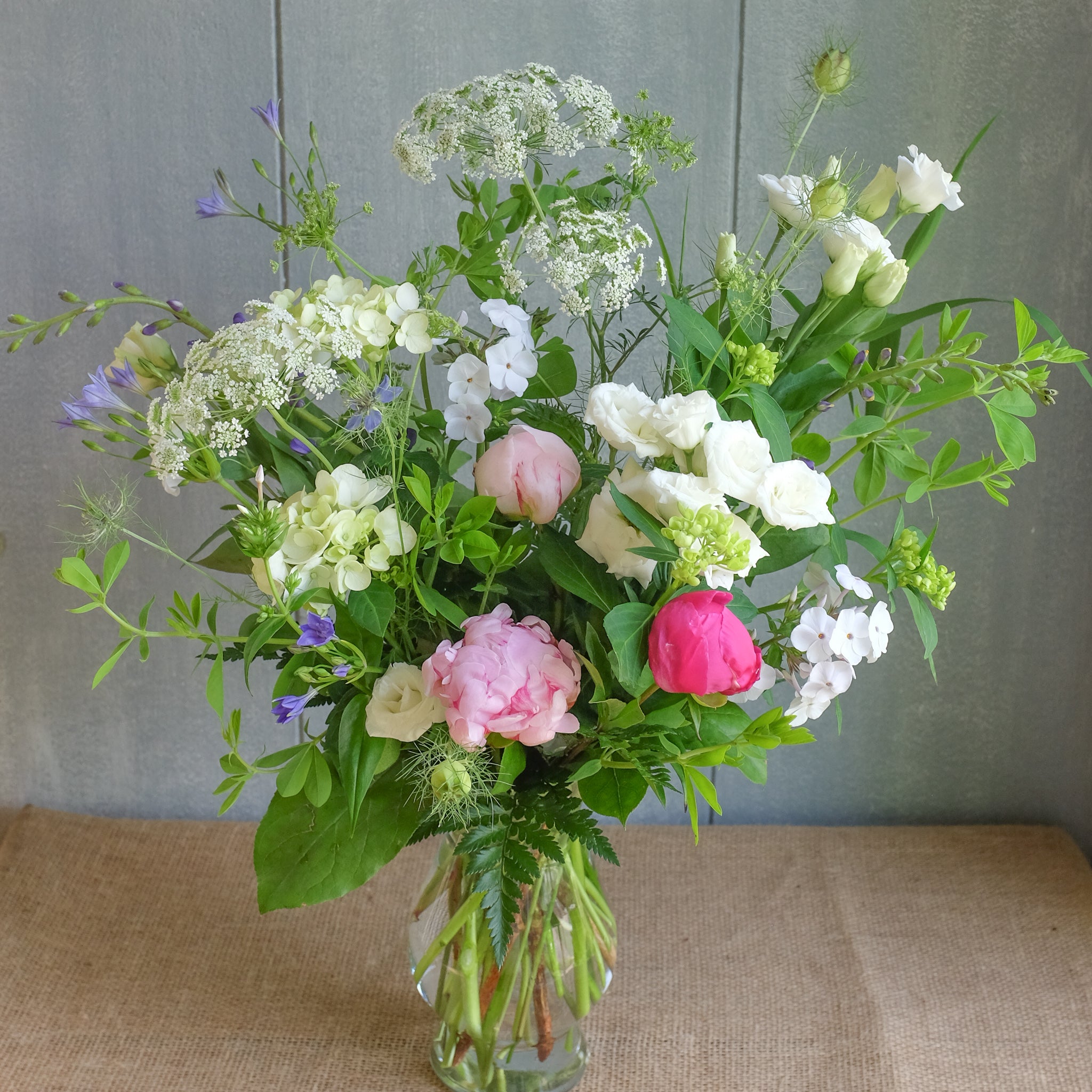If you pay attention to your lettuce, kale, or cilantro during the summer, you may notice the plant's stem suddenly lengthen and culminate in a bloom: the hot, dry conditions of summer have prompted your plants to enter the next phase of their life cycle. Or, to put it more succinctly, your plants have bolted.
Behind the Bolt
Bolting, or "going to seed", is a useful evolutionary response to adverse growing conditions. The plant channels all of its resources into reproducing before the elements take it out for good.
While this is good for the plant and its progeny, bolting is less useful for home gardeners because plants that have bolted lose much of their culinary appeal. Lettuces produce a milky latex compound that makes their leaves bitter; bolted herbs have tougher, less flavorful leaves.
What To Do
Unfortunately, there is no way to turn back time once your plants have bolted. You can delay bolting, however, if you're careful with your plants from the beginning. Be sure to plant heat-sensitive crops like lettuces and broccoli as early as possible to give them time to mature before the summer heat. Water your plants regularly to keep them from getting stressed, and consider shading your greens with taller plants or row covers as the season progresses. When shopping for seeds or starters in the spring, keep your eye out for varieties specifically bred to be slow to bolt to ensure you have the longest harvest time possible.
If your plants got away from you this year, don't despair! Pollinators will still get to enjoy your blooming vegetable garden even if it's no longer useful to you.


